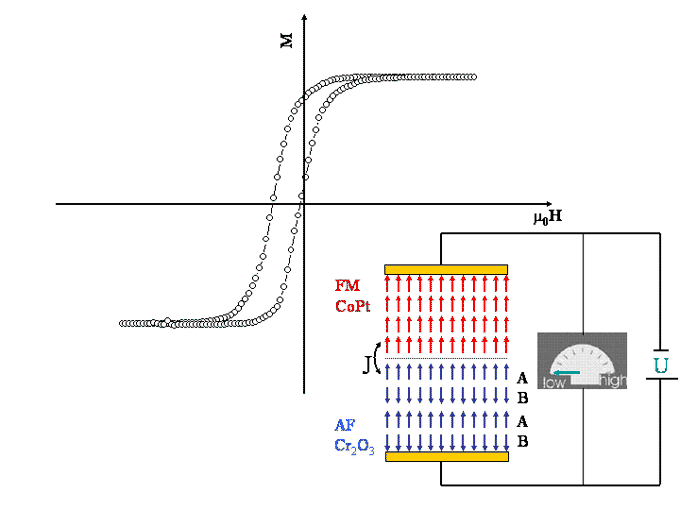Department of Physics and Astronomy: Publications and Other Research
Magnetic entropy changes in nanogranular Fe:Ni61Cu39
Document Type Article
Copyright 2011 American Institute of Physics
Abstract
Artificial environment-friendly Gd-free magnetic nanostructures for magnetic cooling are investigated by temperature-dependent magnetic measurements. We consider two-phase nanocomposites where nanoclusters (Fe) are embedded in a Ni61Cu39 matrix. Several composite films are produced by cluster deposition. The average Fe cluster size depends on the deposition conditions and can be tuned by varying the deposition conditions. The quasiequilibrium Curie temperature of the Fe particles is high, but slightly lower than that of bulk Fe due to finite-size effects. Our experiments have focused on ensembles of 7.7 nm Fe clusters in a matrix with a composition close to Ni61Cu39, which has a TC of 180 K. The materials are magnetically soft, with coercivities of order 16 Oe even at relatively low temperature of 100 K. The entropy changes are modest, -DS¼0.05 J/kg K in a field change of 1 T and 0.30 J/kg K in a field change of 7 T at a temperature of 180 K, which should improve if the cluster size is reduced.

